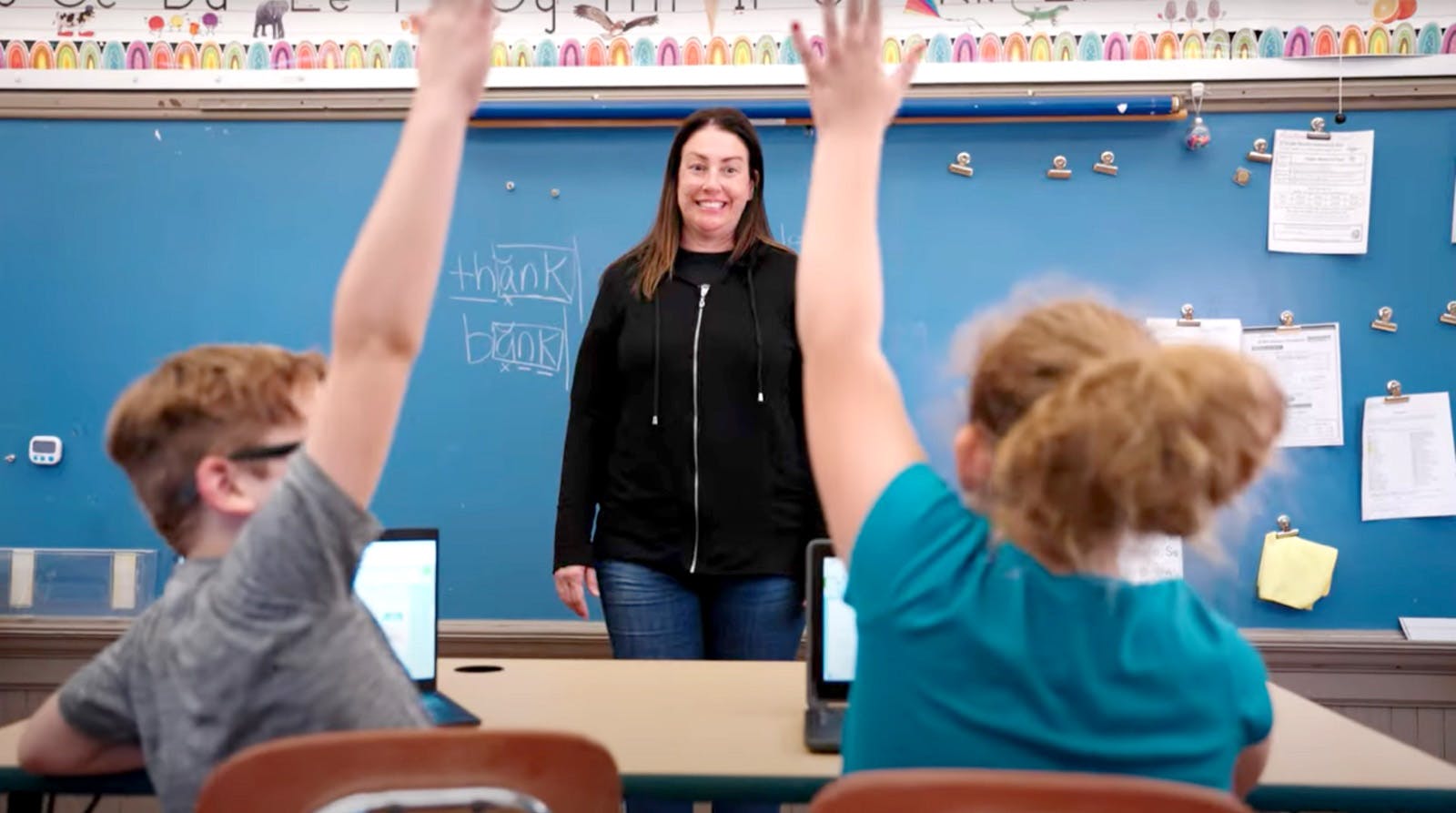Teachers know that every classroom includes students with different strengths, challenges, and learning preferences. That’s where Universal Design for Learning (UDL) comes in.
What is Universal Design for Learning? UDL is an educational framework designed to remove barriers and give all students equal opportunities to succeed. It does this by offering multiple ways to access content, engage with learning, and demonstrate understanding.
While the concept is well known, actually applying UDL in the classroom can feel overwhelming. To make it more manageable, this article breaks UDL strategies down into seven practical ways and real-world examples you can start using right away.
1. Know your students’ strengths and barriers
All students are unique, and the way they learn best can be as individual as a fingerprint. Some learn best by reading and working independently. Others excel through videos, group work, or hands-on practice. The key is understanding their strengths and learning barriers and using that knowledge when designing lessons.
Simple ways to identify strengths include:
- Asking students about their learning preferences
- Observing how they respond to different approaches
- Using surveys designed to highlight strengths and barriers
Keep in mind that student preferences don’t always equal what’s most effective. For example, just because a student says they prefer videos doesn’t mean that’s their strongest way to learn. And for those requiring more specific support, creating an individual education plan (IEP) may be necessary for specific accommodations.
2. Use digital materials where possible
Although paper-based materials still have value, digital content makes differentiated instruction much easier.
With digital materials, students can:
- Adjust font size and contrast
- Use text-to-speech for reading support
- Instantly access definitions and translations
- Explore related resources online
These features are especially useful for students with dyslexia or English language learners who need translation. If your current resources are only paper-based, consider updating them or using tools like OrbitNote which can convert paper material into accessible, digital content.

PRODUCT
OrbitNote
Want to see how OrbitNote can make your classroom materials more accessible? Discover how it helps students read, write, and engage with digital content in multiple ways.
3. Share content in a variety of ways
In addition to having content available in a digital format, it’s also important to share that content in a variety of ways. This ensures students can access it in ways that match their strengths. This aligns with the first of the Universal Design for Learning principles: multiple means of representation.
For example, when teaching perimeter and area, you could:
- Assign textbook reading for independent learners
- Offer a video lesson for visual learners
- Share a hip-hop version of the lesson via Flocabulary
- Use manipulatives for hands-on problem solving
This variety ensures students who struggle in one area don’t automatically fall behind.
4. Offer choices for how students demonstrate their knowledge
It’s not enough to vary how you present content. Engaging students by giving them access to audio, video, digital text, and interactive sites, only then to hand out a paper and pencil quiz at the end of the day isn’t ideal. Students should also have options for showing what they’ve learned.
When possible, let students demonstrate knowledge through:
- A slideshow, video, or speech
- A hands-on demonstration
- A written essay or digital quiz
Even simple tools like Google Forms can modernize assessments. They allow for digital submission, quick feedback, and easy grading.
5. Take advantage of software supports
Technology plays a major role in supporting students with disabilities and those who need extra support. Today’s apps, extensions, and built-in supports cover nearly every subject.
Allowing students to use these tools helps them:
- Build independence inside and outside the classroom
- Gain confidence while accessing learning on their own
- Free up teacher time to support more students
One widely used tool is Read&Write, which provides reading and writing supports directly in Google Docs, Slides, Forms, and on the web. Millions of students worldwide use it daily to access text, boost comprehension, and organize ideas.
This video highlights how tools like Read&Write are a great way to provide on-demand support. One of the great things about modern apps and extensions is their ease of use. Many times students simply discover these apps on their own after they are deployed. If not, usually a quick overview at the beginning of a class is all that’s needed.
6. Low and no-tech options do exist
It’s important to know that technology is not required to implement UDL in the classroom. Although it can help, even if your classroom has limited technology, you can still implement UDL effectively. The goal is always to remove barriers to learning and make sure that all students have a way to participate and learn.
Some low or no-tech strategies include:
- Using graphic organizers
- Offering printed visual aids
- Having students use whiteboards as response cards
- Structuring group work to allow peer collaboration
These options still provide multiple means of engagement and representation without requiring advanced tools.
7. Learn from other educators
UDL isn’t new, and there are many resources available to help teachers get started. The UDL Center offers excellent research and practical examples. The key is to start small. Implementing the principles of Universal Design for Learning doesn’t happen overnight.
Some examples of how you can start, include:
- Redesign one lesson to include multiple ways of presenting content
- Add one new option for students to demonstrate knowledge
- Try creating a short quiz in Google Docs and let students use a support tool like Read&Write to respond
By tackling UDL one step at a time, you can see what works and what doesn’t for your unique students and classroom.
Universal Design for Learning strategies help educators create more neuroinclusive classrooms where every student can succeed. By offering differentiated instruction, flexible assessments, and access to assistive technology tools, teachers can remove barriers and boost engagement.
